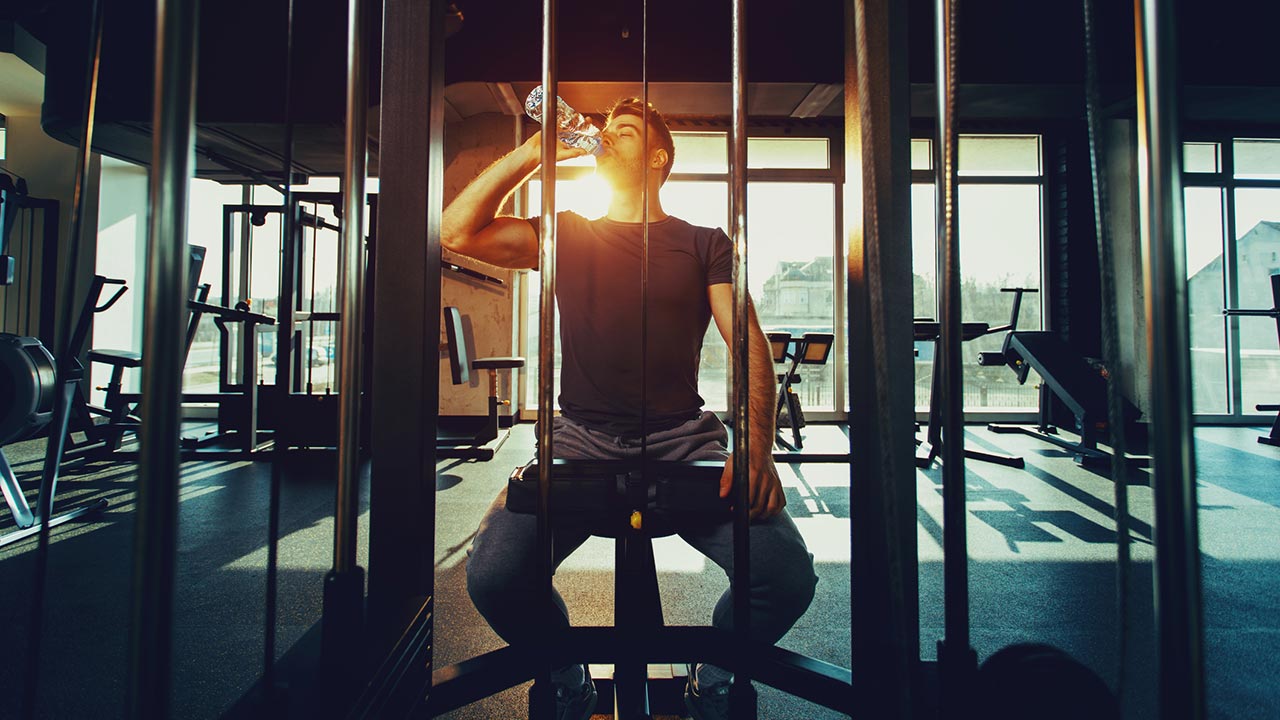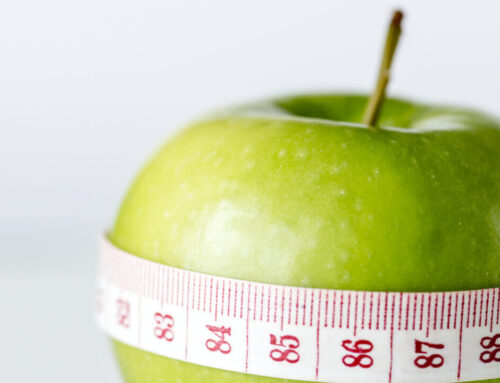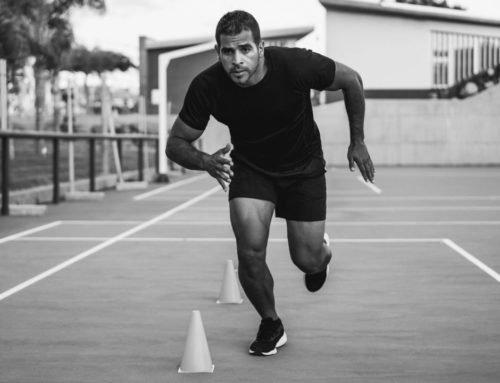The whole eight glasses thing is a myth, so follow this guide for hydrating yourself to become the very best athlete you can be. Time to find out how much water you should drink.
For all the performance benefits you’ll gain from taking the world’s best sports supplement, it’s ironic to consider the water you mix into your pre-workout or post-workout protein shake will always be more powerful than the supplement itself.
It’s one of those things where you don’t know how good it is for you until it’s gone, especially if you’re training outdoors, intensely or are in a competitive environment.
And if you want to prevent injury and train consistently then you best drink up because studies in the National Athletic Trainers Association found a 3-4% dehydration level lowers muscle endurance, increasing your risk of strains and sprains.
So, how much water should you drink?
Keep yourself in the game by following these hydration tactics for optimum performance.
Your hydration status is reliant on a few choice variables: environment, training status and sweat rate.
Unfortunately, most athletes begin practice in an already dehydrated state. Fortunately, you can figure out where you’re at if you follow these rules.
6 steps to making sure you’re drinking enough water
Step 1: Check your urine
Whether you’re hydrated can be determined by the color of your urine before engaging in practice or a game.
If you’re hydrated, you’ll create a light/ clear urine: if you’re dehydrated, you’ll produce a dark color urine. If urine is dark in color, slowly increase your water intake over the next day until your urine runs clear.
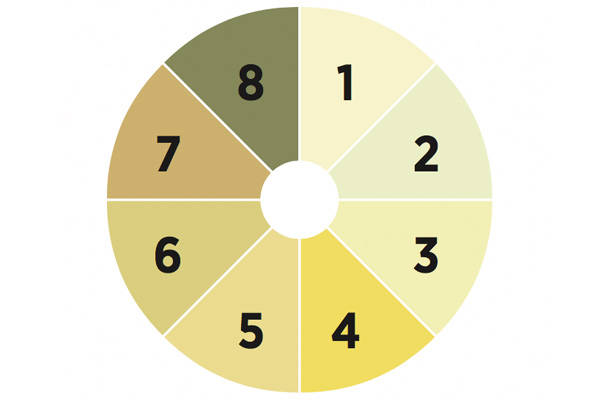
THE URINE TEST
1/ 2/ 3: You are hydrated.
4/ 5 / 6: You are dehydrated and need to drink more fluid.
7/ 8: Severe dehydration (requiring medical advice).
Step 2: Load up on water
Once hydrated, follow a protocol where you drink 13.5-17oz (400 – 500ml) of water two hours before your event or training to make sure you’re at your best.
Step 3: Offset your losses
While training, you should continue to top up your reserves. According to the President’s Council on Physical Fitness and Sports, you should be drinking 6-12oz of water after every 15-20 minutes of training.
If an athlete does not remain hydrated, it can cause strain to the cardiovascular system, impairing aerobic performance.
Dehydration will also cause low sweat rate, which will negatively affect the body as it tries to cool itself down.
Step 4: Measure your sweat
During an athletic event, it is important that athletes remain hydrated to avoid a 2% loss in their body weight, says a paper in Journal of Sports Sciences.
This can be monitored by recording your weight before an event and immediately after. If you have lost weight, drink the appropriate amount of water or sports drink to replace the weight lost.
Step 5: Rectify your drainage
If you do lose more than 2% of your weight, they should replace the weight lost by 150% with a sports drink or by using a supplement, such as Dymatize Amino Pro for advanced hydration.
For example:
– Starting weight = 160lb
– Ending weight = 158lb
– Total Loss = <2%
Have the athlete replace weight loss by drinking 32oz of a water, or a sports drink.
– Starting weight = 160lb
– Ending Weight = 156lb
– Total Loss = >2%
Have the athlete replace the weight lost be drinking 150 percent of weight loss, or 96oz of a sports drink.
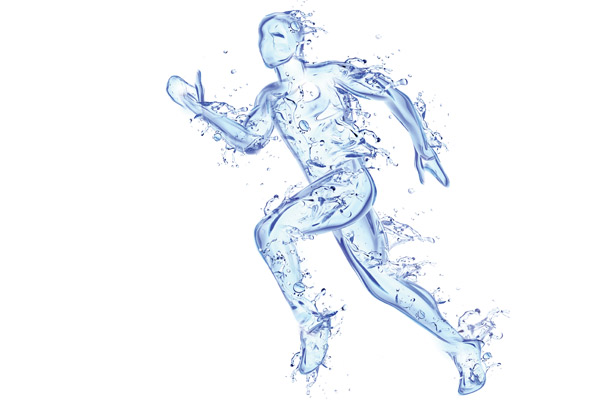
Step 6: Check your salt
If you’ve had a high sweat rate (hot weather will increase this), it is also important to replace the salts you lose.
You’ll know if you are losing excess sodium through sweat by the salty taste or by the salt deposits on your skin or clothes.
Replacing the salt can easily be done with a sports drink that contains sodium.
The sodium in the drink will decrease urine output and help restore plasma volume back to normal, says the paper in Journal of Sports Sciences.
Q. Does water temperature matter?
Unlike beer, you don’t have to fret about keeping your water excessively cold – it does the job just as well.
A paper in Wilderness and Environmental Medicine found an ice slurry/ water mixture was just as effective at hydrating as room temperature water.
However, the temperature of the fluids will change the biological and thermoregulatory outcomes during work in a super hot environment, because the ice slurry will act to keep you cool, which means you can actually take in less water overall.
This is worth remembering when the mercury starts to rise later in the year.
Q. Will drinking out of plastic make you fat?
Potentially. Endocrine disrupting chemicals – Xenoestrogens – can mess with your hormones and they’re in most plastic bottles.
They’re linked to BPAs and over time can kick up your estrogen supplies, resulting in weight gain and a host of other undesirable consequences.
To be safe, go with glass – it’s been around a lot longer!
For more content about how much water you should be drinking, nutrition, and workouts, get TRAIN magazine direct to your inbox every month for free by signing up to our newsletter


